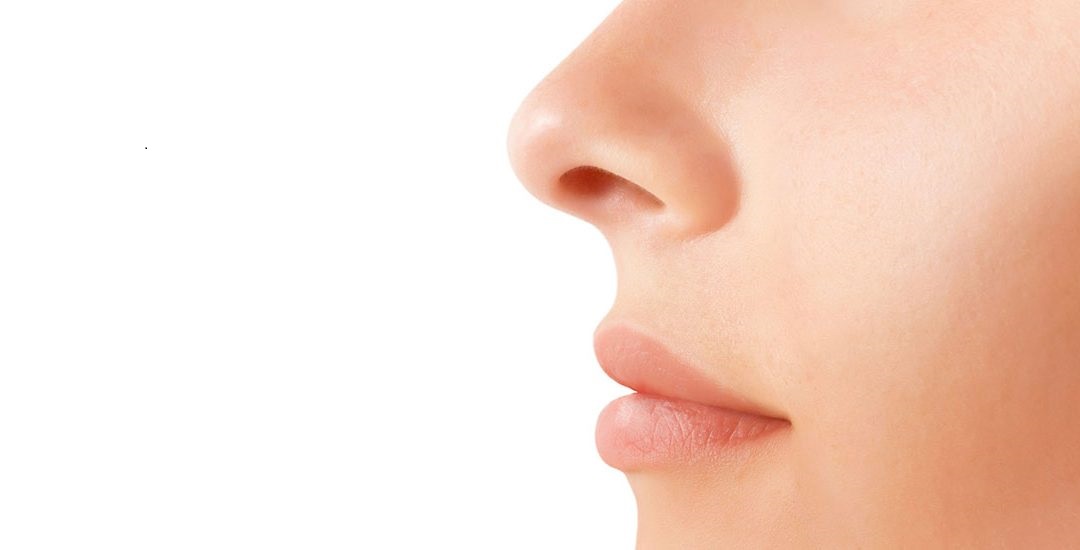
by arabicdynamic | Jun 28, 2025 | Health
Rhinoplasty, often referred to as a “nose job,” is not solely about reshaping the nose but about enhancing facial harmony. The goal of a natural-looking rhinoplasty is to make subtle changes that complement your other features rather than standing out as a noticeable alteration. Achieving this balance requires a deep understanding of facial proportions, ethnic characteristics, and individual preferences. The key is to maintain the essence of your original nose while making improvements that refine your overall appearance.
Importance of Facial Symmetry and Proportion:
A successful natural-looking Rhinoplasty in Dubai (تجميل الأنف في دبي) focuses on symmetry and proportion rather than simply shrinking or reshaping the nose. The nose should match the dimensions of the forehead, cheeks, and chin. For example, a slight hump removal or tip refinement can dramatically enhance harmony without being obvious. Small adjustments often yield the most natural results because they correct minor imperfections while preserving the nose’s identity. A nose that fits your face makes the change virtually unnoticeable to others while making you feel more confident.
Customization Based on Individual Features:
No two faces are alike, so a one-size-fits-all approach does not work with rhinoplasty. To achieve a natural outcome, the procedure must be tailored to your unique facial features. This includes considering your skin thickness, bone structure, and cartilage strength. Ethnic background also plays a role; maintaining the cultural or ethnic identity of the nose is a top priority in natural-looking results. Customizing the procedure ensures that the final appearance aligns with the natural aesthetics of the individual.
Preserving Nasal Function While Enhancing Appearance:
Functionality should never be compromised for beauty. A natural rhinoplasty takes into account the nasal airways, ensuring that changes to structure do not affect breathing. In some cases, functional improvements are made simultaneously with cosmetic adjustments. A nose that looks good but doesn’t function properly will not provide a satisfying result. Therefore, an ideal outcome marries aesthetics with proper breathing function, allowing the patient to look and feel better.
Choosing the Right Surgical Technique:
There are different surgical techniques in rhinoplasty, with open and closed approaches being the most common. The closed approach, where incisions are made inside the nostrils, tends to offer less visible scarring and is often used for minor adjustments. The open approach allows for greater visibility and precision during surgery, making it suitable for more complex changes. The choice of technique depends on the specific goals of the surgery and plays a significant role in achieving a natural finish. The precision of the surgical technique directly influences how seamless and unnoticeable the final result appears.
Managing Expectations and Healing Process:
A natural look also depends on realistic expectations and a proper healing period. Swelling and bruising are common post-surgery, and it can take several months for the final shape to emerge. Patience is essential during the recovery process. It’s also important to communicate your goals clearly before surgery, using reference images and honest discussions to align expectations. Following post-operative care instructions closely ensures that the results heal properly and remain subtle, further contributing to a natural appearance.
Embracing Subtle Enhancements Over Drastic Changes:
The most natural rhinoplasty results come from subtle refinements rather than dramatic alterations. A good result is one that goes unnoticed by others yet makes a positive impact on your self-image. Rather than aiming for a “perfect” nose, the goal should be a nose that fits seamlessly with your facial features. When done correctly, rhinoplasty enhances your natural beauty without drawing attention to the fact that surgery was performed. This discreet transformation often leads to long-term satisfaction and improved self-confidence.
Conclusion:
Achieving a natural look with Rhinoplasty in Dubai (تجميل الأنف) is about enhancing your existing features rather than creating an entirely new appearance. Through careful planning, personalized techniques, and attention to both form and function, the procedure can offer subtle improvements that bring out your natural beauty. The most successful rhinoplasty results are those that harmonize with your face so well that no one can tell you’ve had surgery. With the right expectations, a focus on proportion, and a commitment to healing, you can enjoy results that look and feel completely natural.
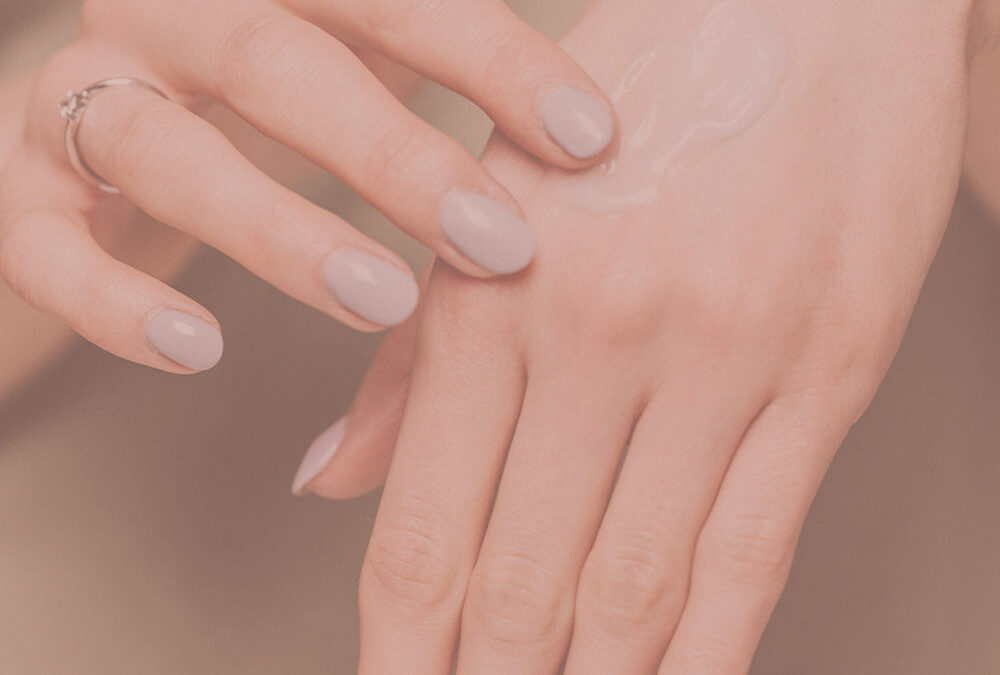
by arabicdynamic | Jun 26, 2025 | Health
Hands are often overlooked in beauty routines, yet they are one of the first areas to show signs of aging. Daily exposure to the sun, frequent washing, and natural aging all contribute to wrinkles, dryness, and uneven skin tone. Unlike the face, hands receive less attention when it comes to skincare, despite being just as visible. Rejuvenating the hands not only enhances their appearance but also complements other cosmetic treatments by ensuring consistency in youthful looks.
Common Signs of Aging in Hands:
Hand Rejuvenation in Dubai (تجديد شباب اليدين في دبي), the skin on our hands becomes thinner, loses elasticity, and starts to show veins, age spots, and wrinkles. Sun damage can accelerate this process, leading to pigmentation and a rough texture. In addition, the natural fat cushion on the back of the hands diminishes over time, resulting in a bony and veiny appearance. These visible changes often create a mismatch between the face and hands, making hand rejuvenation a popular solution for achieving a balanced, youthful look.
Advanced Skin Rejuvenation Techniques:
There are several non-surgical techniques available today that can restore smoothness and even skin tone to the hands. These include chemical peels, microdermabrasion, microneedling, and laser therapy. Each treatment works by targeting specific skin concerns: peels and microdermabrasion exfoliate the top layer of the skin to improve texture, while microneedling and laser therapy stimulate collagen production and reduce pigmentation. These methods are often combined for optimal results, leaving the hands looking refreshed and radiant.
The Role of Injectable Fillers:
To restore volume and smooth contours, injectable fillers are frequently used in hand rejuvenation. These fillers plump the skin, reducing the appearance of veins and tendons, and creating a softer, more youthful hand profile. Many modern fillers are designed to integrate naturally with the skin’s structure, offering immediate improvements in texture and firmness. While the results are not permanent, they are long-lasting and can be maintained with periodic treatments.
Treating Uneven Skin Tone and Sun Damage:
Uneven pigmentation is a common concern for many individuals seeking hand rejuvenation. Targeted treatments like intense pulsed light (IPL), fractional lasers, and topical depigmenting agents can significantly lighten age spots and restore a more uniform skin tone. These methods work by breaking down excess melanin and encouraging skin regeneration. Consistent sun protection after treatment is crucial to preserve results and prevent further damage.
Nourishing and Hydrating the Hands:
In addition to clinical procedures, maintaining skin health through hydration and nourishment is essential for long-term results. Specialized hand creams rich in antioxidants, peptides, and hyaluronic acid can support skin barrier function and improve texture. Regular use of sunscreen is equally important, as it prevents new pigmentation from forming. A comprehensive at-home skincare routine, combined with professional treatments, ensures hands remain smooth, firm, and glowing.
Embracing Confidence Through Youthful Hands:
Rejuvenated hands not only enhance physical appearance but also boost self-confidence. When hands reflect the same level of care and youthfulness as the face, individuals feel more complete and polished. Hand rejuvenation is a powerful yet subtle way to enhance one’s overall presentation, especially in professional and social settings. Whether as a stand-alone treatment or part of a full cosmetic approach, hand rejuvenation helps individuals embrace aging gracefully, with smooth, even-toned hands as a symbol of timeless beauty.
Conclusion:
Hand Rejuvenation in Dubai (تجديد شباب اليدين) has become an essential part of modern aesthetic care, offering effective solutions for achieving smooth, even-toned, and youthful-looking hands. From addressing volume loss and pigmentation to enhancing texture and firmness, today’s advanced treatments provide safe and natural-looking results. When paired with proper skincare and sun protection, the effects of these procedures can be long-lasting and transformative. By investing in hand rejuvenation, individuals not only restore beauty to their hands but also gain renewed confidence in their overall appearance—proving that age is just a number, and radiant skin can be achieved at any stage of life.
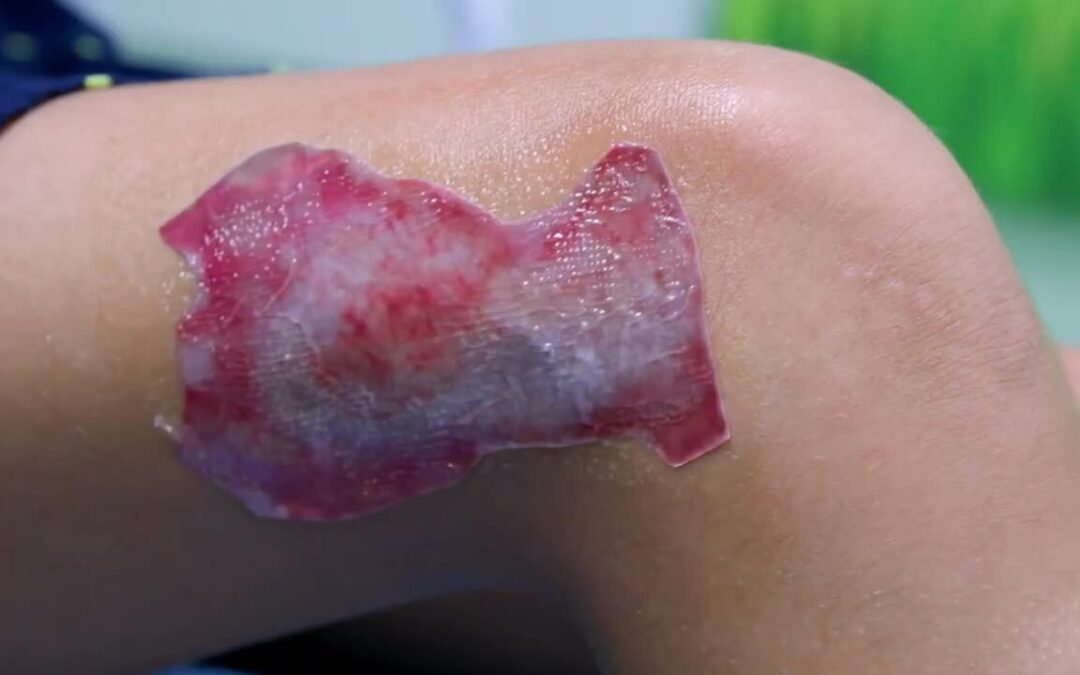
by arabicdynamic | Jun 25, 2025 | Health
Skin grafting remains the cornerstone of reconstructive burn surgery. It involves transplanting healthy skin from one part of the patient’s body (donor site) to cover a burned area where skin has been lost. There are two main types: split-thickness grafts, which involve the epidermis and part of the dermis, and full-thickness grafts, which include both layers. Grafting helps restore the protective barrier function of the skin and minimizes fluid loss and infection risk. Over time, grafts also help to improve the aesthetic and functional outcomes in burn areas.
Tissue Expansion for Skin Restoration:
Tissue expansion is a technique used when there is a need to generate more skin with similar color and texture as the affected area. Reconstructive burn surgery in Dubai (جراحة إعادة بناء الحرق في دبي) involves placing a balloon-like device (tissue expander) under the skin near the burn site. Over several weeks, the expander is gradually filled with saline to stretch the skin. Once enough skin is created, it is used to replace scarred or damaged tissue. This method is especially useful in facial or scalp burns, where matching skin tone and texture is important for aesthetic outcomes.
Flap Surgery for Deep Tissue Reconstruction:
In cases where burns are deep and affect muscles or tendons, flap surgery is often necessary. Unlike grafts, flaps include skin along with underlying fat, muscle, or even bone. These flaps can be local (taken from nearby tissue) or free (transferred from a distant part of the body with microvascular connections). Flap procedures restore both form and function, especially in areas like the hands, feet, or face, where mobility and strength are crucial. This type of surgery is complex but offers excellent results in covering complex wounds and reconstructing severely damaged structures.
Contracture Release and Z-Plasty:
Burn scars often lead to contractures—tightened skin and tissues that limit movement, especially around joints. Contracture release is a surgical procedure aimed at restoring mobility by cutting the scar tissue and repositioning skin. One of the most common techniques used is Z-plasty, where the scar is rearranged in a Z-shaped incision pattern to lengthen the contracted area and improve range of motion. These procedures are essential in restoring the functional use of limbs and improving the quality of life for patients with joint-involved burns.
Laser Therapy and Dermabrasion for Scar Management:
Post-reconstruction, many patients undergo procedures aimed at improving the appearance and texture of burn scars. Laser therapy, particularly fractional CO2 lasers, is commonly used to reduce redness, flatten hypertrophic scars, and improve skin texture. Dermabrasion is another technique used to smooth out irregularities on the skin’s surface by removing the upper layers. These interventions are typically performed in multiple sessions and play a critical role in long-term aesthetic outcomes. They also assist in reducing itching, pain, and discomfort caused by scar tissue.
Reconstructive Procedures for Specialized Areas:
Some burn injuries involve complex anatomical regions like the eyelids, nose, lips, or ears. Reconstructing these areas requires meticulous planning and specialized techniques. For instance, eyelid reconstruction may involve local flaps to protect the eye and maintain vision. Lip repairs often aim to restore symmetry, articulation, and oral competence. Cartilage grafts may be used in ear or nasal reconstruction to restore natural contours. These specialized reconstructions help restore not only appearance but essential functions like breathing, speaking, and seeing.
Psychological and Functional Considerations Post-Surgery:
While surgical procedures address physical restoration, functional and psychological rehabilitation is equally important. Reconstructive surgery often occurs in stages, requiring time, patience, and emotional resilience. Occupational and physical therapy are integral in regaining mobility and independence, especially after contracture releases or hand surgeries. Patients also benefit from psychological support to cope with changes in appearance and identity. The combination of physical and emotional recovery is crucial for comprehensive rehabilitation following burn injuries.
Conclusion:
Reconstructive burn surgery in Dubai (جراحة إعادة بناء الحرق في دبي) is a multifaceted process designed to restore both form and function after a burn injury. By utilizing techniques such as skin grafting, tissue expansion, flap surgery, contracture release, and scar management therapies, surgeons are able to significantly improve a patient’s mobility, appearance, and quality of life. Each procedure is selected based on the individual’s needs, with careful consideration of the location, depth, and impact of the burn. Beyond physical reconstruction, these surgeries also support emotional healing, empowering individuals to regain confidence and resume daily activities with renewed hope and resilience.
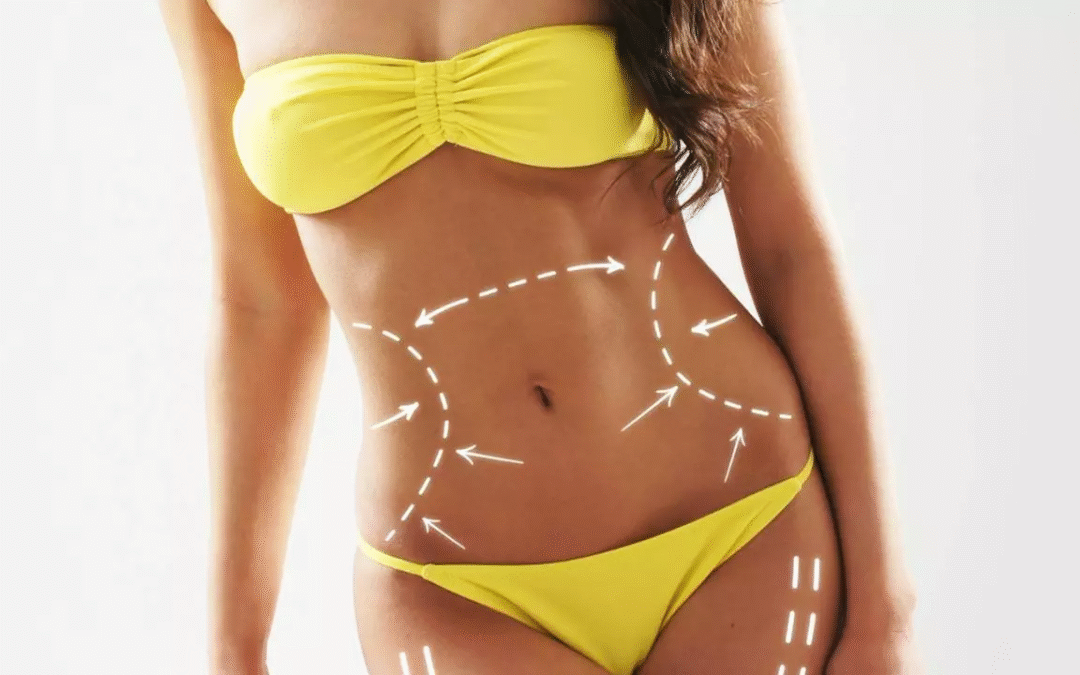
by arabicdynamic | Jun 24, 2025 | Health
Body sculpting, also known as body contouring, has emerged as a transformative solution for individuals seeking a slimmer, more defined physique. This non-invasive or minimally invasive treatment targets stubborn fat deposits that are resistant to diet and exercise. Whether it’s excess fat around the abdomen, thighs, arms, or love handles, body sculpting helps to contour the body in a natural-looking way. The primary appeal lies in its ability to achieve noticeable results with minimal downtime and without the need for surgery.
How Body Sculpting Works:
The mechanism behind Body sculpting treatment in Dubai (علاج نحت الجسم في دبي) depends on the type of treatment chosen. Popular techniques include cryolipolysis (fat freezing), radiofrequency energy, ultrasound fat cavitation, and laser lipolysis. These methods all share a common goal: to break down fat cells safely and effectively, allowing the body to naturally eliminate them over time. Treatments are typically painless or only mildly uncomfortable, and they work by targeting fat cells without harming surrounding tissues, muscles, or skin.
Ideal Candidates for Body Sculpting:
Not everyone is a perfect candidate for body sculpting, but many people can benefit from it. It is most effective for individuals who are close to their ideal weight but struggle with localized fat deposits. It’s not a weight loss procedure; rather, it’s intended for body refinement and contouring. People who maintain a healthy lifestyle with regular exercise and balanced nutrition tend to see the best results. It’s also a great option for those who want to avoid the risks and recovery time associated with surgical procedures like liposuction.
Areas Commonly Treated:
One of the advantages of body sculpting is its versatility in treating multiple areas of the body. Popular zones include the abdomen, flanks (love handles), inner and outer thighs, upper arms, buttocks, and even under the chin. Depending on the technology used, practitioners can customize treatments to target specific regions with precision. The ability to treat both small and large areas allows individuals to design a body contouring plan that aligns with their aesthetic goals.
Benefits Beyond Appearance:
While the primary motivation for body sculpting is often cosmetic, the benefits go deeper than appearance alone. Achieving a more contoured physique can significantly boost confidence and self-esteem. Furthermore, it can serve as a motivational stepping stone toward healthier lifestyle choices. Some individuals report feeling more empowered to maintain their results through continued fitness and dietary habits. Since treatments are generally non-invasive, the risk of complications is low, and the recovery process is minimal, making it accessible to a wide audience.
What to Expect During and After Treatment:
During a body sculpting session, the client is typically seated or lying down comfortably while the device is applied to the targeted area. Sessions can last anywhere from 30 minutes to an hour depending on the area being treated. Most individuals can return to their normal activities immediately after treatment, although some may experience temporary redness, swelling, or tenderness. Results are not immediate; it may take several weeks or months for the body to fully flush out the treated fat cells. Multiple sessions may be recommended for optimal outcomes.
Long-Term Results and Maintenance:
Body sculpting results can be long-lasting, especially when supported by a healthy lifestyle. Since the destroyed fat cells are permanently removed, they don’t regenerate. However, new fat can still accumulate in untreated areas if weight gain occurs. Maintenance treatments may be considered to address future concerns or enhance results. Staying active and following a nutritious diet are key factors in preserving the benefits of body sculpting. For many individuals, this treatment provides not only physical changes but a renewed sense of well-being and body appreciation.
Conclusion:
Body sculpting treatment in Dubai (علاج نحت الجسم) has revolutionized the way individuals approach body refinement and fat reduction. With its non-invasive nature, targeted precision, and minimal recovery time, it provides an appealing alternative to traditional surgical methods. More than just a cosmetic fix, it can inspire healthier habits and boost overall confidence. For those looking to achieve a slimmer, more contoured figure, body sculpting stands out as a modern, effective solution tailored to today’s lifestyle demand.
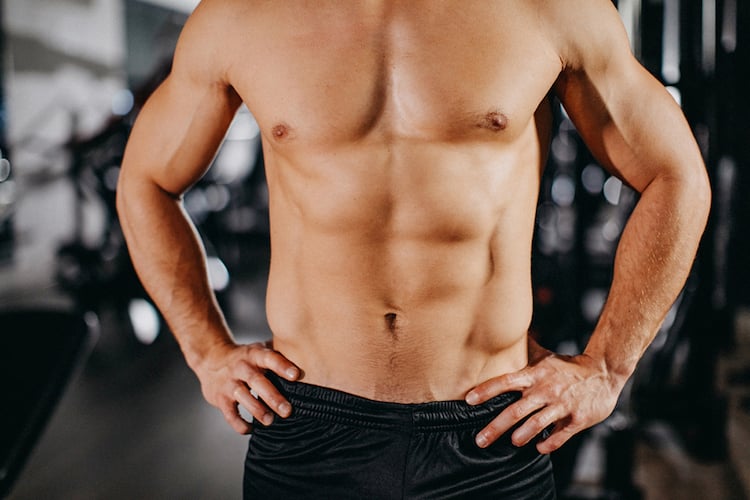
by arabicdynamic | Jun 23, 2025 | Health
Fat transfer surgery, also known as fat grafting or lipofilling, is a cosmetic procedure that has gained popularity for its dual benefits: removing unwanted fat from one area of the body and using it to enhance volume in another. This technique allows individuals to reshape their figure naturally, using their own body fat instead of synthetic fillers or implants. It’s a minimally invasive approach that delivers subtle yet noticeable improvements in body contour and skin texture.
The Process Behind Fuller, Smoother Curves:
The procedure of Fat Transfer surgery in Dubai (جراحة نقل الدهون في دبي) involves three main steps: fat harvesting, purification, and reinjection. Fat is first extracted from areas with excess deposits—commonly the abdomen, thighs, or flanks—through gentle liposuction. Once collected, the fat is carefully processed to remove any impurities, ensuring only the healthiest fat cells are used. The purified fat is then strategically injected into areas such as the buttocks, breasts, face, or hands to add volume and smooth out contours.
Popular Areas for Enhancement:
Fat transfer can be used to enhance various parts of the body. The most popular areas include:
Buttocks: A procedure often referred to as the Brazilian Butt Lift, fat is transferred to create rounder, fuller glutes.
Breasts: Used to add subtle volume or correct asymmetry without the use of implants.
Face: Fat grafting helps to restore youthful volume to cheeks, under-eye hollows, and nasolabial folds.
Hands: To rejuvenate aging hands by filling in hollow areas and minimizing the appearance of veins or tendons.
These applications contribute to a softer, more natural appearance, while maintaining harmony with the rest of the body.
Benefits of Fat Transfer Surgery:
Fat transfer surgery offers several advantages beyond cosmetic enhancement. Since the procedure uses the patient’s own fat, there is minimal risk of allergic reaction or rejection. The results are more natural in look and feel compared to synthetic alternatives. Additionally, the removal of fat from donor sites serves as a form of body sculpting, improving overall silhouette. Another significant benefit is the improvement in skin texture and quality, as transplanted fat contains stem cells that may rejuvenate the skin.
Recovery and Results:
Recovery from fat transfer surgery is generally smooth and faster compared to more invasive procedures. Patients can expect some swelling, bruising, and mild discomfort in both the donor and recipient areas. Most individuals return to daily activities within a week, though strenuous activities should be avoided for a few weeks. Results become more visible as the swelling subsides and the body accepts the transferred fat. While some fat may be reabsorbed by the body, a significant portion remains permanently, offering long-lasting enhancement.
Who Is an Ideal Candidate?
An ideal candidate for fat transfer surgery is someone in good general health, with realistic expectations and sufficient fat reserves for harvesting. This procedure is best suited for individuals seeking moderate volume enhancement rather than dramatic increases. Non-smokers or those who can abstain from smoking during the healing process tend to experience better outcomes. It is also important for candidates to understand that weight fluctuations post-surgery can impact the longevity and appearance of results.
Conclusion:
Fat Transfer surgery in Dubai (جراحة نقل الدهون) offers a unique blend of body contouring and natural augmentation. It allows for a tailored approach to enhancing curves and smoothing contours using the body’s own resources. Whether the goal is to subtly enhance the cheeks, lift the buttocks, or rejuvenate aging hands, fat transfer provides a safe, effective solution that blends artistry with medical science. For those seeking fuller, smoother curves without foreign materials, this procedure presents an appealing, natural alternative.





